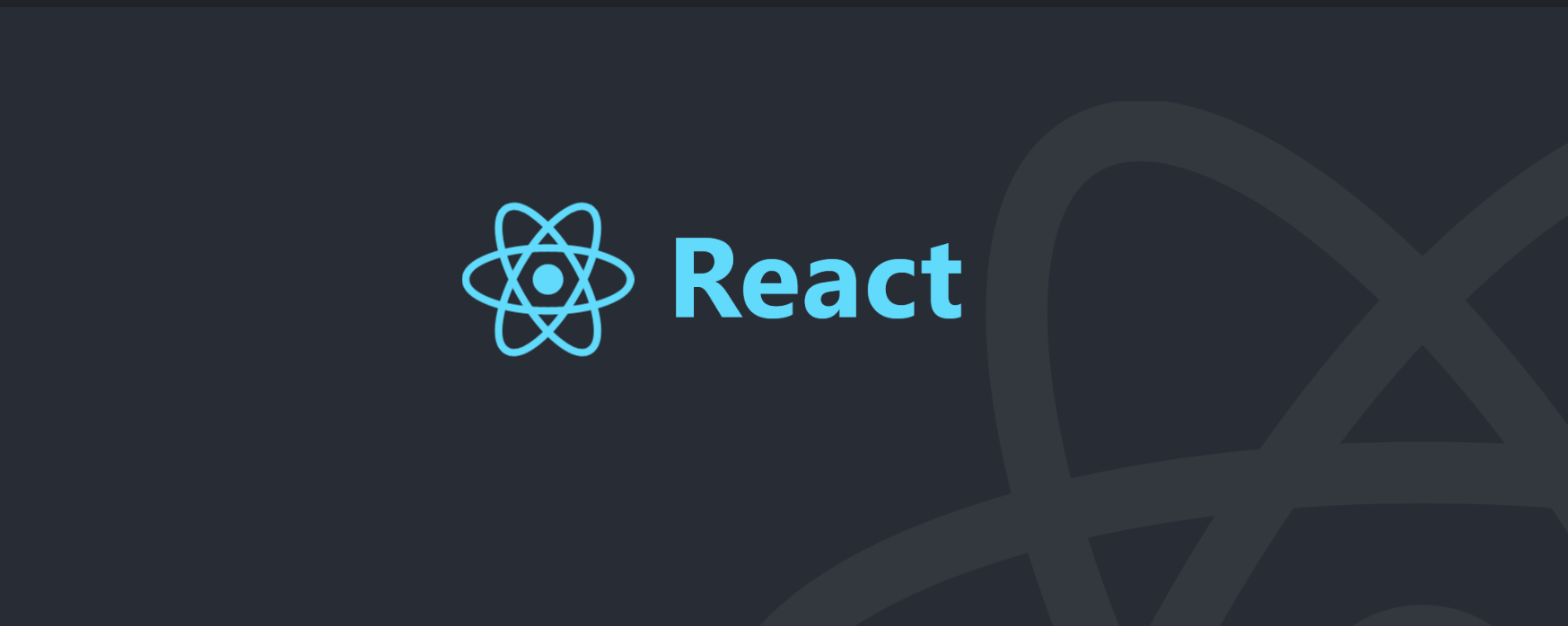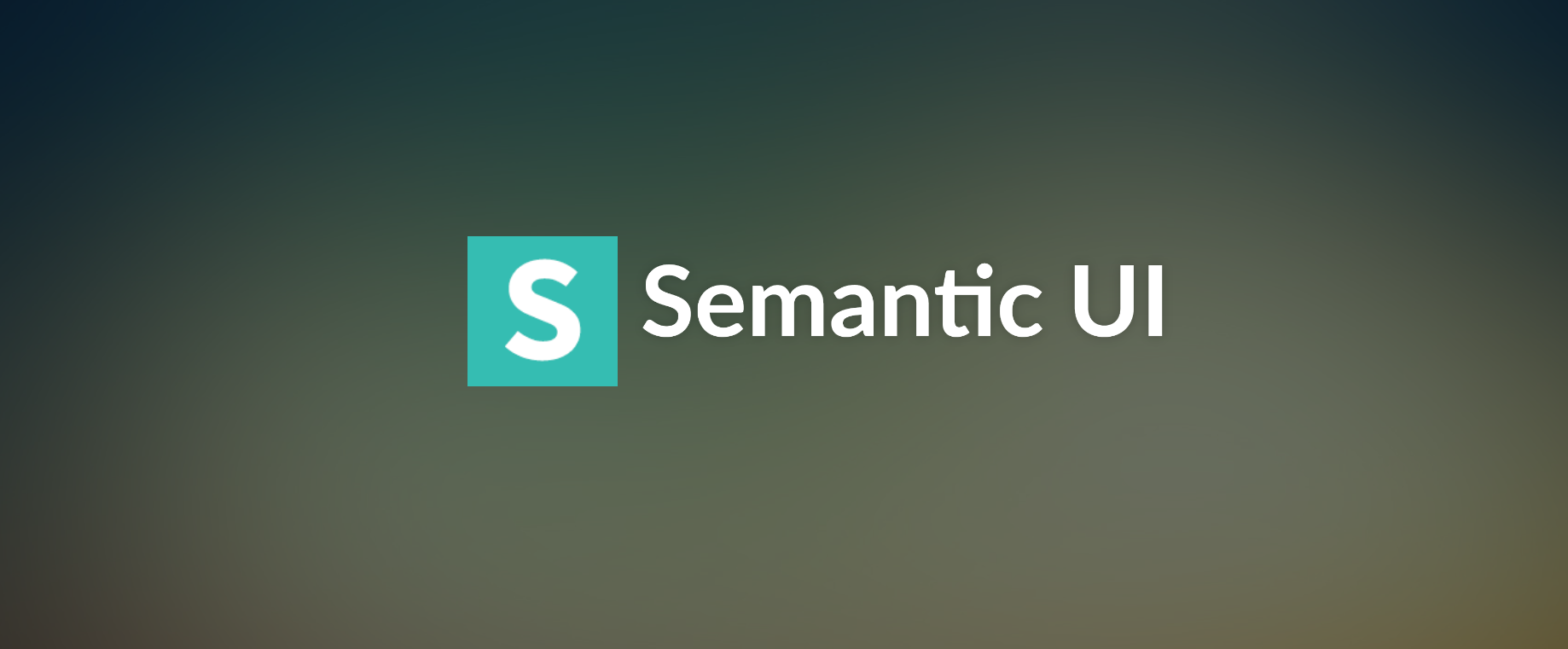
Top 10 Best Frontend Frameworks For Web Development
To become a web developer, Frontend framework is a more complex and confusing thing to know which to learn for future use. There is a number of frontend frameworks available in the market but we are discussing a few of them. Few of them were most powerful to work with and reliable to use, they have multiple libraries are available that you can use in your project. After reading this article, will not only help to know which framework is best for you but also help you prosper in your career.
Choosing best frontend frameworks means providing the best user interface (UI). On a web page, What users can see? page design, layouts, background, colors, and all, These all things are User Interface. Which is developed with the help of a framework. Fast and simple user interface is good for user interaction where users can understand easily.
What is a framework?
Frameworks are a bunch of code structures which store in multiple files that can be used to develop software. Using a framework, you don't need to write code from scratch your development becomes easy and more secure than core language.
Most of the frameworks are MVC (Model-View-Controller) and some of them are using MVP (Model-View-Presenter) and MVVM (Model-View-ViewModel) structures which make them more powerful to use for large-scale projects.
What is a front-end framework?
Frontend frameworks are bundles of javascript codes with CSS and HTML components that you can include in your website, web app, and mobile app. Frontend Framework makes it much easier for a developer to develop any user interface for their application faster.
There are so many options to choose a framework when it comes to developing high-scaled applications. To help you out, with which to choose. Below is a list of the Best Frontend Frameworks for you.
More to read: Top best code editor for a programmer
Why should you use a frontend framework?
Easy and reliable to use, less amount of code to write, reusable same code on other projects. Multiple libraries are available to use which makes development easy. And make it easy to solve code errors because their community is strong, you can get any solution easily.
Best Frontend Frameworks
1] React
3] Angular
2] Vue
4] Flutter
5] Svelte
6] Backbone
7] Semantic UI
8] Ember
9] Tailwind
10] Ionic
React

React Have State Management, Routing, and API interaction which helps to develop high-level scalable platform. Many companies are already using react like PayPal, Netflix, Walmart, Tesla, and others.
Pros:
- Components are reusable in different parts of the application.
- Virtual DOM enhances the performance of code in applications.
- It provides State Management to manage the state in your components.
Cons:
- Hard to learn, Users find its directory structure and components hard to learn.
- Documentation is not perfect, some part of the document is missing from docs.
- Slow to load animation of application.
Angular

It is the only framework that is based on Typescript. It is a highly demanding framework by Multi-National companies. Angular use its two-way data binding feature. It means there is a real-time synchronization between the model and the view,
Its directory structure, components, routing, and models are very complex to understand and its directory used MVC patterns (Model View Controller) that make them a more strong and more secure framework.
Pros:
- Angular has a large community, and easy to find solutions of any errors.
- Component and code are reusable and easy to manage using the dependency injector.
- It has default Two-way data binding to ensure proper real-time synchronization between view and model.
- More powerful and secured.
- Hard to learn framework and documentation is not proper.
- User-developed many libraries are useless, at that time you have to develop your system from the scratch.
- Dynamics applications don’t perform well because of their complex structure and large size.
Vue

Vue is a lightweight framework that uses Visual DOM and component-based programming while offering a 2-way binding. Vue became more popular after Laravel adopted and make their primary frontend framework. It is used by many big players such as GitLab, Alibaba, Adobe, Nintendo, and Laracasts.
Pros:
- Lightweight and easy-to-use framework.
- Two-way data binding to ensure proper connection between view and model.
- Code is reusable in different parts of the application.
- Very easy to learn framework compared to all others.
- Documentation is pretty simple and easy to understand.
Cons:
- Developer's community is very weak, Vue is still in its growing stages.
- Hard to find a problem solution because of less amount of developers.
Flutter

Flutter is pretty hard to learn but once you do learn to code in Flutter things will get easier. In other hand when you write code in JavaScript your code becomes very slow, most of the animation loads slowly but in a Flutter, your code, application, and animation work smoothly. Flutter execution time is more faster than any javascript of typescript framework.
Flutter comes compiled with ARM x86 native libraries, which makes it really fast. Flutter is on growing framework, its community is not much bigger like angular or react
Pros:
- Runtime and execution are faster than any frontend framework.
- Cross-platform development is possible by using one codebase to be used on multiple platforms IOS, Android, And Web.
- Write once deploy anywhere.
- File size is too large.
- Community is small hard to find problem solutions.
Svelte

Svelte is a good choice if you need to develop small applications, For beginners, it’s good to start coding.
Pros:
- Scalable framework.
- Lightweight and easy to used framework.
- Faster than angular & react.
- Lack of tooling.
- Very small community.
- It is not popular yet.
Backbone

It allows to build projects with dissimilar types of users. It is mostly used in large projects. You could also use tools like Thorax, Marionette, Chaplin, Handlebars, and more to make your work faster.
Pros:
- Lightweight framework and easy to use, make work faster.
- Easier to learn and handle.
- Tool can be used like Chaplin, Handlebars, and others.
- Stores data in models instead of storing it in DOM.
Cons:
- It does not provide Two-way data binding.
- You have to write more code because they don't have a handy structure.
- Have to transcribe the boiler plate code.
Semantic UI

It used natural languages like noun/modifier relationships and it's supported by JQuery and Less.
Pros:
- Responsive and rich UI components.
- Very simple to use and learn.
- It has a Self-explanatory organic code.
- Small community.
- It has a larger package.
- Not suitable for beginners with no javascript knowledge.
Ember

Pros:
- Fastest framework.
- Support Two-way data binding.
- Proper documentation.
Cons:
- Small community and less popular.
- Hard Learning Curve.
- Heavyweight.
Tailwind

Pros:
- It’s just a CSS no need for lack of knowledge to learn.
- Easy to learn and used framework.
- Minimum line of code used in HTML file.
- Make the website responsive very easy way.
- Documentation is proper.
- Reusable code.
Cons:
- Use of more code in HTML files, Website became laggy (Slow).
- Styling and HTML are Mixed.
Ionic

Pros:
- Easy to use framework.
- Reduced costs on development and maintenance.
- If you know HTML, CSS, and JavaScript no need to learn any language to use.
- Availability of transforming your Ionic application into a desktop.
Cons:
- Possible security issues.
- Heavyweight.
- Performance is lacking with native applications.
How to choose best frontend frameworks for your need?
Best Frontend Frameworks should have the quality to develop a fast and responsive user interface. It should have availability to use same code on multiple cross-site platforms, Lightweight, and easy to understand learning curve.
There are many frameworks available in the market but choosing a single framework is hard but all things totally depend on your requirement and your need.
Conclusion
So these are my Top best frontend frameworks list, I know your 90% of the query is been solved but now you don’t understand which to use? Choice of frontend framework varies on your goal, type of application you want to develop, audience and design.
From my side If you want to develop a website frontend, I suggest you to use Vue.js it is pretty easy to learn and simple to understand. It totally lightweight framework many big giants are already using them.
If you want to develop App (Cross-platform) then use Flutter, Their best quality is it’s faster than any frontend framework. You can use the same code anywhere where you want to use it.
Tell us which one you are currently using and which we can add to the list in the comment section below.
We hope you find this article helpful, for more follow us.
FAQ
- Which frontend framework is best?
- React Have State Management, Routing, and API interaction which helps to develop high-level scalable platform It became popular because of its Virtual Document Object Model (DOM). DOM is a representation of an HTML element which kept in memory and sync with real DOM that are present in a webpage or web framework.
- Which is the fastest frontend framework?
- Flutter execution time is more faster than any javascript of typescript framework. Flutter comes compiled with ARM x86 native libraries, which makes it really fast.
- How do I choose a framework?
- Choosing best frontend frameworks means providing the best user interface (UI). Choice of frontend framework varies on your goal, type of application you want to develop, audience and design.
- When should I use the frontend framework?
- To develop single page application, Simple and fast Ui, Stunning Design frontend framework use.


COMMENTS ( 0 )
Sign up to join the conversation
Add your feedback for Shuka Design’s project by signing in or signing up.